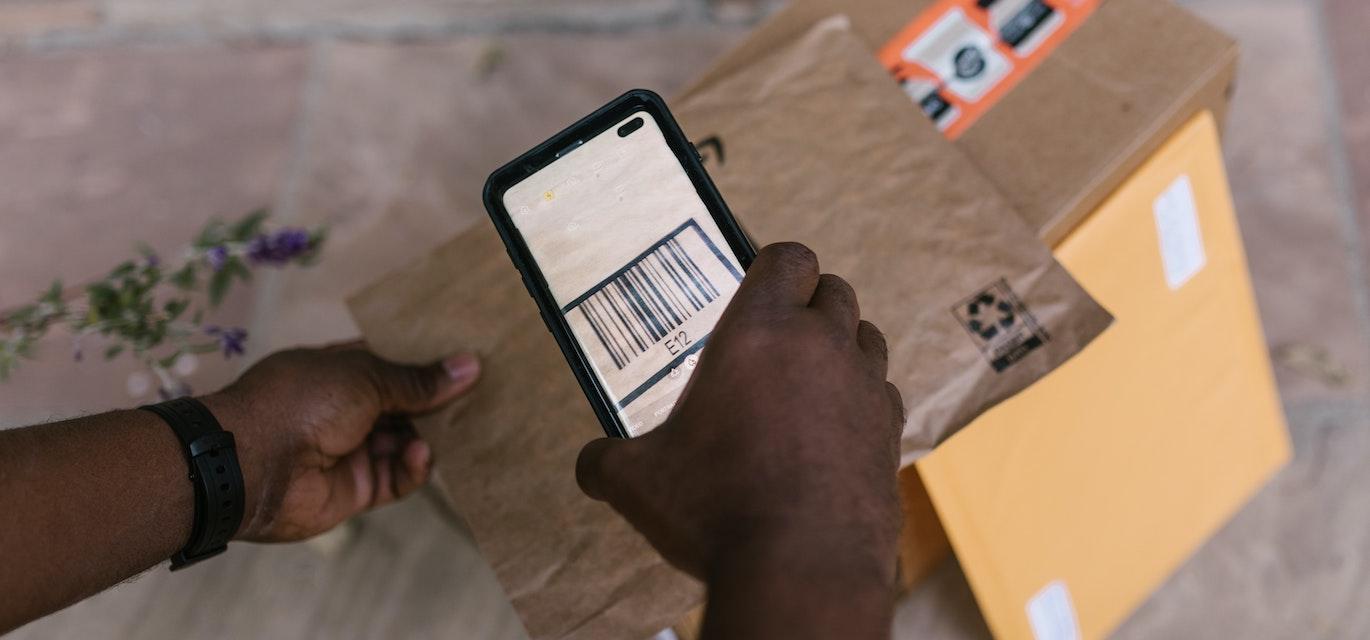
News + Updates
Find out what our team has been up to.

Find out what our team has been up to.

Companies have been using barcodes on their products for many decades now. As technology progresses, barcodes have developed from 1D to 2D barcodes, with different functionalities and use.
So, what are the differences between the two?
What is a 1D barcode?
A 1D barcode (or linear code) is a black and white pattern that uses variable-width lines and spaces for encoding information. That information is encoded from left to right, horizontally. They typically hold a limited number of characters, around 20 to 25, and more can be added if the barcode is made longer.
The most common 1D barcodes are UPCs, which are found on the back or bottom of consumer products. They are typically linked to product or pricing information.
What is a 2D barcode?
A 2D barcode uses different patterns, shapes, and dots to encrypt information both horizontally and vertically. These barcodes can encrypt more characters than a typical 1D barcode (around 2000 compared to 25) and hold more data. 2D barcodes can encrypt images, website addresses, and much more in a much smaller space than a 1D barcode would fit.
The most common type of 2D barcodes are QR codes, which are commonly used to link to a brand’s personalized webpage, social media, website, and other platforms to add value to the customer experience. This is one of many reasons people prefer 2D barcodes instead of 1D.
Depending on what you need from your barcode, you might look to include both 1D and 2D barcodes on your packaging, which is not uncommon. To find out more information about what works best for your packaging solution, reach out to our team here or request a quote online.
Article Source: Imprint Enterprises
Businesses across diverse industries choose Associated Labels & Packaging to expand their product lines.